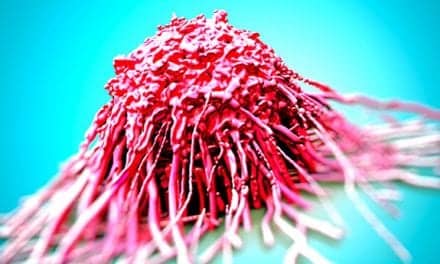A Dutch research team has found that infants who received heptavalent pneumococcal conjugate vaccination (PCV-7) at 2, 4, and 11 months were more likely than unvaccinated controls to have nasopharyngeal (in the nasal passages and upper part of the throat behind the nose) acquisition of pneumococcal serotype 19A, a leading cause of respiratory pneumococcal disease. The study, published in JAMA, notes that in the last decade a rapid increase in the presence of pneumococcal serotype 19A strains that are multiresistant to antibiotics has been observed.
Currently, serotype 19A is the leading causative pneumococcal serotype of invasive and respiratory pneumococcal disease in the United States and the most frequently observed serotype in nasopharyngeal carriage. The researchers note that the increase in serotype 19A disease in the United States and other countries was associated in time with the widespread implementation of PCV-7 in routine infant immunization programs.
For the study, the researchers examined the association between PCV-7 vaccination and nasopharyngeal acquisition of serotype 19A pneumococci in 1,003 healthy newborns, with follow-up to the age of 24 months in the Netherlands, which has low antibiotic resistance rates. The study was conducted before widespread PCV-7 implementation in infants—between July 2005 and February 2008.
Nasopharyngeal swabs were obtained at the age of 6 weeks and at 6, 12, and 24 months. Infants were randomly assigned to receive 2 doses of PCV-7 at 2 and 4 months; 2+1 doses of PCV-7 at 2, 4, and 11 months; or no dosage (unvaccinated control group). In all, 948 children completed the study.
The researchers found at 24 months and after having completed the vaccine series, the proportion of participants with acquisition of a new serotype 19A clone in the 2+1-dose group was 16.2% versus 9.2% in the unvaccinated control group. The proportion in the 2-dose group was also higher than in the unvaccinated group—13.2%—but did not reach statistical significance. The proportion of children with new 19A acquisition who had used antibiotics in the last 6 months—18.7%—did not differ among groups.
“In view of the proven disease potential of serotype 19A for otitis media and invasive pneumococcal disease and the observed association with antibiotic resistance, vaccines of broader coverage including protection against serotype 19A may further aid pneumococcal disease prevention,” the study’s authors write. “However, we need to be aware that other serotypes with similar characteristics and disease potential may be the next in line to proliferate and therefore pneumococcal surveillance remains important after introduction of expanded pneumococcal conjugate vaccines.”
Source: JAMA









